- Home
- Articles
- Architectural Portfolio
- Architectral Presentation
- Inspirational Stories
- Architecture News
- Visualization
- BIM Industry
- Facade Design
- Parametric Design
- Career
- Landscape Architecture
- Construction
- Artificial Intelligence
- Sketching
- Design Softwares
- Diagrams
- Writing
- Architectural Tips
- Sustainability
- Courses
- Concept
- Technology
- History & Heritage
- Future of Architecture
- Guides & How-To
- Art & Culture
- Projects
- Interior Design
- Competitions
- Jobs
- Store
- Tools
- More
- Home
- Articles
- Architectural Portfolio
- Architectral Presentation
- Inspirational Stories
- Architecture News
- Visualization
- BIM Industry
- Facade Design
- Parametric Design
- Career
- Landscape Architecture
- Construction
- Artificial Intelligence
- Sketching
- Design Softwares
- Diagrams
- Writing
- Architectural Tips
- Sustainability
- Courses
- Concept
- Technology
- History & Heritage
- Future of Architecture
- Guides & How-To
- Art & Culture
- Projects
- Interior Design
- Competitions
- Jobs
- Store
- Tools
- More
Exploring the Harmony of Light and Shadow in Design for Captivating Spaces and Experiences
Discover how the harmony of light and shadow transforms design into an immersive experience. Explore their role in shaping depth, setting mood, and enhancing spatial and visual impact across interior, graphic, and architectural design. Learn techniques to balance these elements and create dynamic, functional, and emotionally resonant designs that captivate and inspire.
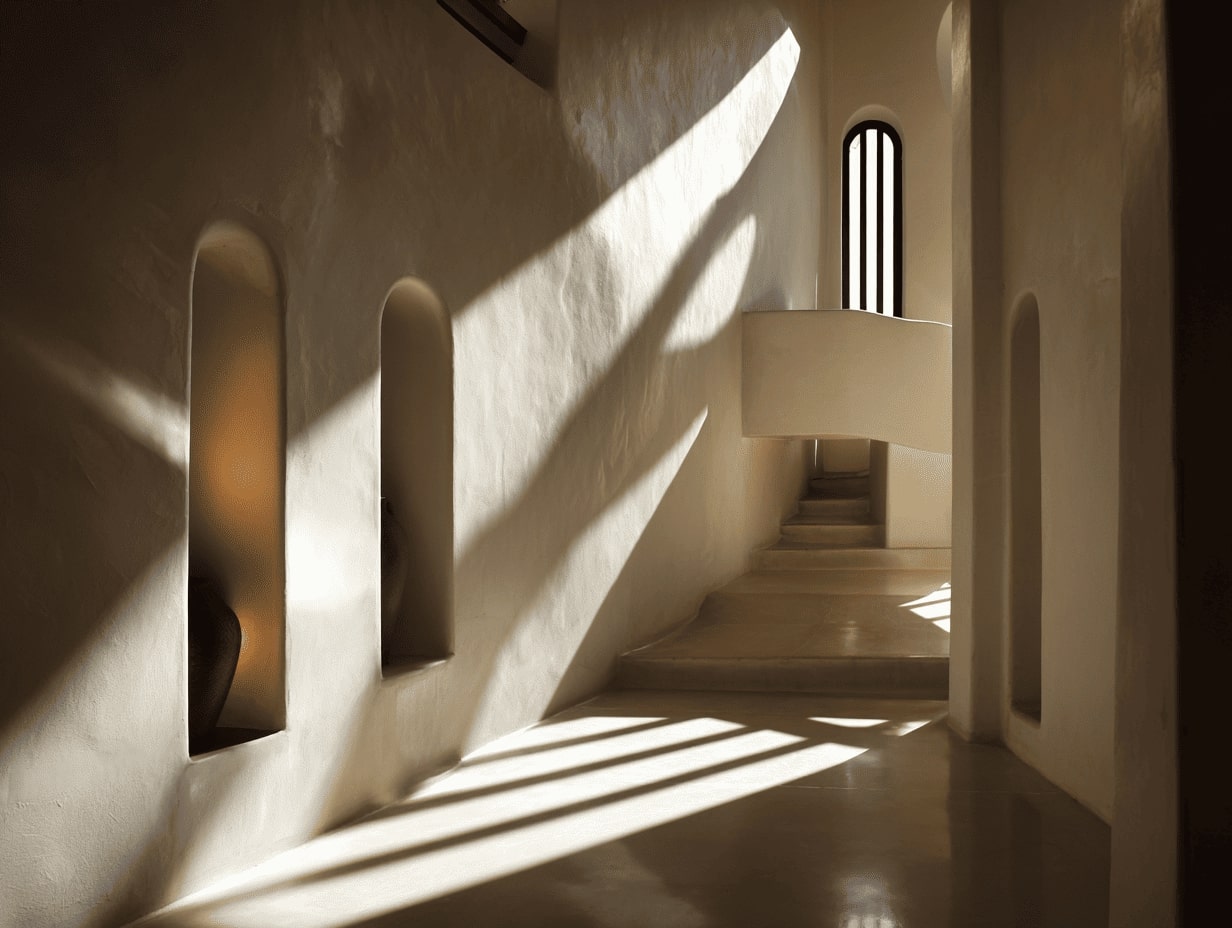
Design is more than just aesthetics; it’s about creating an experience. One of the most powerful tools we have in crafting that experience is the interplay of light and shadow. These elements shape how we perceive spaces, objects, and even emotions, adding depth and dimension to what might otherwise feel flat or lifeless.
When light and shadow work in harmony, they transform designs into something dynamic and captivating. Whether it’s the soft glow of natural light filtering through a room or the sharp contrast of shadows highlighting intricate details, this balance can evoke feelings, guide focus, and tell a story. It’s not just about illumination—it’s about creating mood and meaning.
By understanding and embracing this relationship, we unlock endless possibilities to elevate our designs. Let’s explore how the dance of light and shadow can redefine spaces and create striking visual narratives.
Table of Contents
ToggleUnderstanding The Harmony Of Light And Shadow In Design

Light and shadow interact to create balance and enhance visual impact in design. They define spatial relationships, emphasize forms, and communicate emotions. For instance, in interior design, diffused light softens textures and fosters a serene atmosphere, while sharp shadows around furniture edges add contrast and drama. Similarly, in graphic design, light gradients paired with subtle shadows give elements depth, making layouts feel multidimensional. Using these contrasts strategically enriches compositions, ensuring designs are both functional and expressive.
The Role Of Light In Design
Light and shadow work together to shape how we perceive a design. They define depth, highlight textures, and create visual interest. For example, in architectural spaces, natural light streaming through perforated screens casts intricate shadows that change throughout the day, adding dynamism. In product display design, backlighting emphasizes form while soft shadows ground objects, giving them dimensionality.

Enhancing Space And Mood
Light influences space and mood by adjusting brightness, color, and intensity. Brighter spaces, illuminated by natural or artificial light, feel open and inviting, while softer, warmer accents create a sense of intimacy. For instance, recessed ceiling lights paired with subtle shadow lines along walls in interior design elongate a room, fostering a tranquil ambiance. Outdoor spaces lit with gradients and moving shadows evoke drama, especially at twilight.
Creating Focal Points
Light directs attention by isolating key elements. Spotlights emphasize artwork in galleries by contrasting illuminated areas with subdued shadows. In retail, accent lighting highlights high-priority products, while shadows cast on surrounding displays prevent distraction. Similarly, in graphic design, layering shadows behind bold typography draws the viewer’s eye to pivotal information, ensuring clarity and engagement.
The Role Of Shadow In Design
Light and shadow work together to define spaces, create contrast, and add balance to design compositions. Shadows enhance detail and texture, offering visual clarity and a grounded aesthetic. For example, in photography, soft shadows cast by window light can frame a subject, adding warmth and focus. Similarly, in architecture, the interplay of sunlight with structured overhangs generates intricate shadow patterns, enriching spatial depth.

Adding Depth And Dimension
Shadows introduce dimensionality by contrasting with illuminated areas. They highlight shapes and contour surfaces, helping elements appear three-dimensional. In interior design, pendant lights casting diffuse shadows on ceilings add depth, making rooms feel dynamic. In digital design, drop shadows beneath interface icons or buttons create the illusion of elevation, improving usability while maintaining visual hierarchy.
Evoking Emotion And Drama
Shadows amplify mood by creating dramatic contrasts and emphasizing focal points. Low-angle lighting in theatrical settings uses elongated shadows to heighten tension and intrigue. In graphic design, sharp contrasts between light and shadow infuse compositions with energy, capturing attention. For instance, black-and-white poster designs leverage this interplay to provoke strong emotional reactions and establish a bold narrative.
Balancing Light And Shadow In Design
Balancing light and shadow in design demands precision to achieve both functionality and aesthetics. Together, they define depth, highlight form, and elicit emotion. For example, in interior design, layering ambient light with shadows cast by textured fixtures adds depth to rooms. Similarly, in digital design, light gradients with soft shadows enhance the realism of user interfaces, making elements appear tactile.

Techniques For Optimal Contrast
Achieving optimal contrast requires strategic placement of light and shadow to emphasize forms and create balance. Directional lighting, such as spotlights, can enhance focal points by casting defined shadows that frame objects. Diffused light, such as frosted glass lamps, reduces harshness and blends shadows softly, fostering cohesion. In architecture, placing windows to allow natural light to filter through angled structures can create dynamic shadow patterns that shift throughout the day. These techniques ensure designs feel multidimensional and visually engaging.
Incorporating Natural And Artificial Light
Incorporating light and shadow from natural and artificial sources enhances flexibility and depth in designs. Natural light, such as sunlight through a skylight, produces dynamic shadows, marking time and adding vibrancy to interiors. Artificial light, like LED strips under cabinetry, creates controlled shadows that accentuate specific zones. Combining natural light with warm artificial lighting softens transitions between spaces and enhances comfort in environments. For instance, a living room with large windows paired with accent lighting ensures balance, keeping the design inviting and functional both day and night.
Applications Of Light And Shadow In Different Design Fields
The interplay between light and shadow defines design fields, balancing functionality with aesthetic appeal. Their strategic use creates depth, highlights form, and influences mood, shaping dynamic, immersive environments.

Interior Design
In interior design, light and shadow work together to shape ambiance and spatial perception. Layered lighting systems combine natural light with fixtures to create harmonious contrasts. For instance, sunlight streaming through sheer curtains casts soft shadows on floors, fostering warmth, while pendant lights above dining tables highlight key areas. Strategically placed spotlights and their shadows can emphasize architectural features like textured walls or sculptures, adding depth and focus to spaces.
Graphic Design
In graphic design, light and shadow enhance visual hierarchy and depth, making compositions more engaging. Light gradients paired with shadow effects bring a sense of dimensionality to flat layouts. For example, creating drop shadows under buttons in web interfaces makes elements appear clickable, improving usability. Similarly, pairing soft highlights with subtle shadowing adds contrast, ensuring text or icons stand out against backgrounds without overwhelming the design.
Architecture
Architectural design uses light and shadow to build dynamic, evolving experiences. Natural light interacts with structures to highlight forms, casting intricate shadow patterns that shift through the day. Glass facades allow daylight to flood interiors, creating a play of light and shadow across walls and floors. Artificial lighting, such as uplighting below columns or recessed lighting under staircases, accentuates architectural features, fostering an interplay of contrast and dimension while guiding movement through spaces.

Conclusion
Light and shadow work together to define forms, set moods, and enhance spatial experiences. For example, in retail spaces, accent lighting creates focal points on products, while shadows underneath displays ground them, adding dimension. In architecture, natural light through large windows casts intricate shadows that shift throughout the day, dynamically altering the atmosphere of a room. Similarly, in digital design, soft light gradients combined with drop shadows create depth, making interfaces look tangible and immersive. By thoughtfully balancing light and shadow, we can craft designs that evoke emotion, direct focus, and enrich functionality.
- aesthetic lighting
- ambient lighting solutions
- ambient space design
- architectural lighting
- captivating spaces
- creative lighting
- design harmony
- dynamic lighting environments
- experiential design
- holistic lighting solutions
- innovative lighting design
- interactive lighting design
- interior lighting
- light and shadow art
- light manipulation in design
- lighting design
- lighting for experiences
- modern lighting design
- shadow design
- shadow play in design
- spatial design
Submit your architectural projects
Follow these steps for submission your project. Submission FormLatest Posts
BXB Studio’s Hybrid Interior: Redefining the Modern Architectural Workplace
The Warsaw headquarters of BXB Studio was established in a modest 70...
5 Must-Know Interior Design Trends in American Homes
From warm minimalism to bold oversized artwork, these five interior design trends...
How Open Kitchens Create a Sense of Space Indoors (Without Sacrificing Function)
Open kitchens: see how sightlines, lighting, and smart layouts make rooms feel...
The Revival of Chunky Fiber Crafts in Modern Interior Design
Contemporary interior architecture has shifted away from hard minimalism. After a decade...




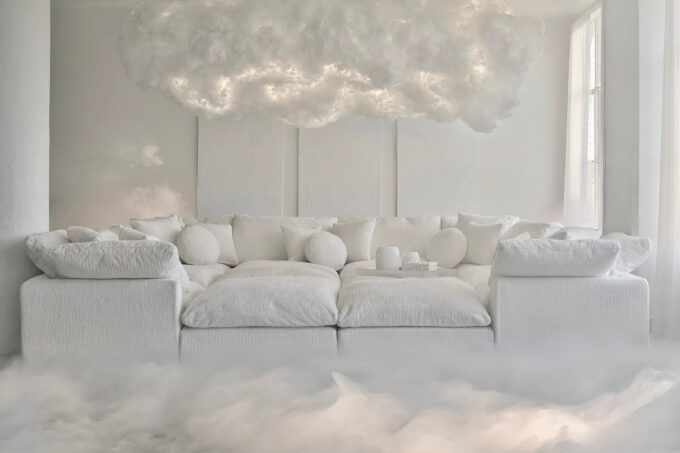

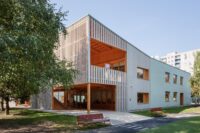
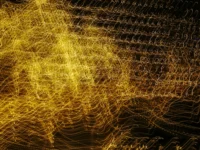
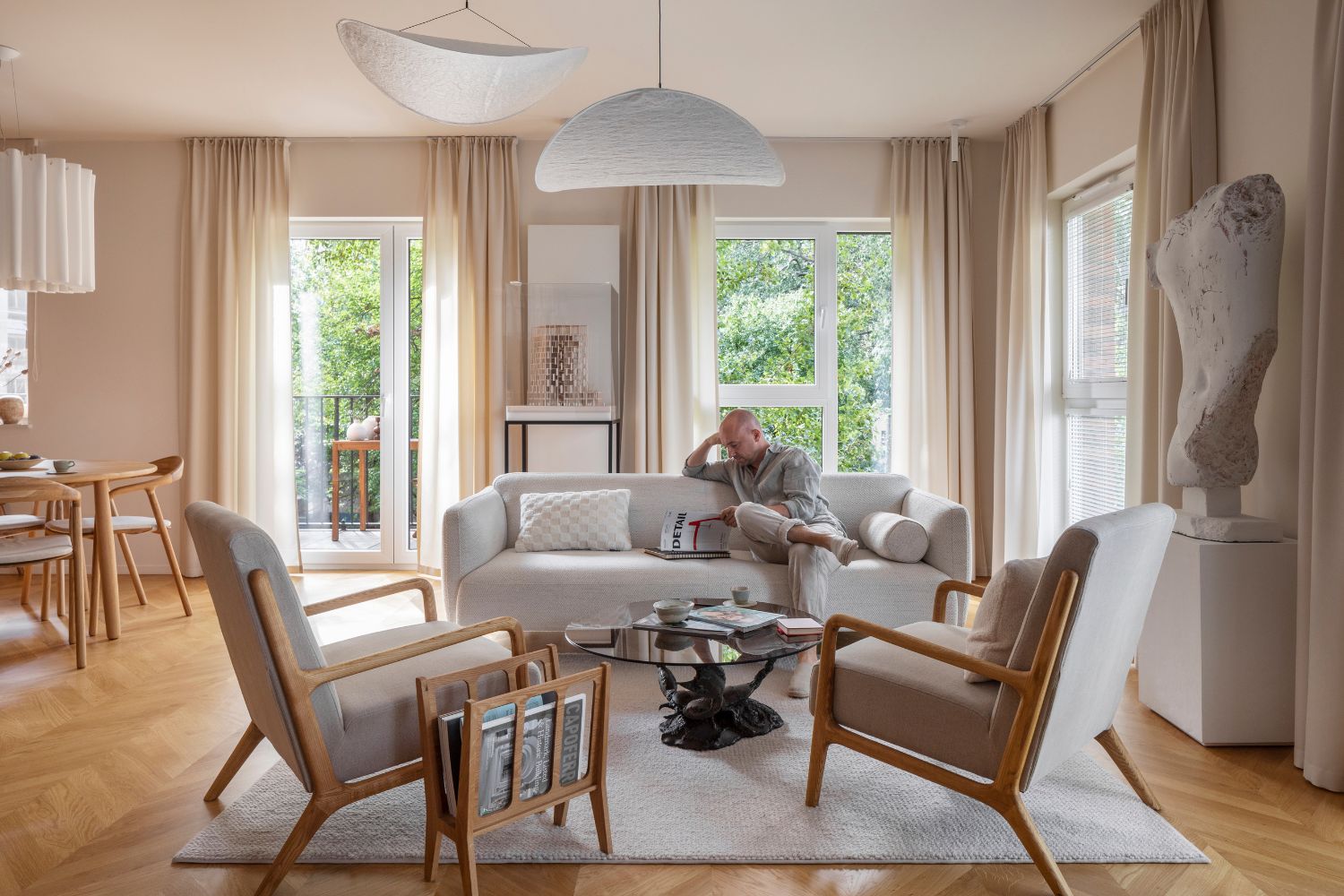
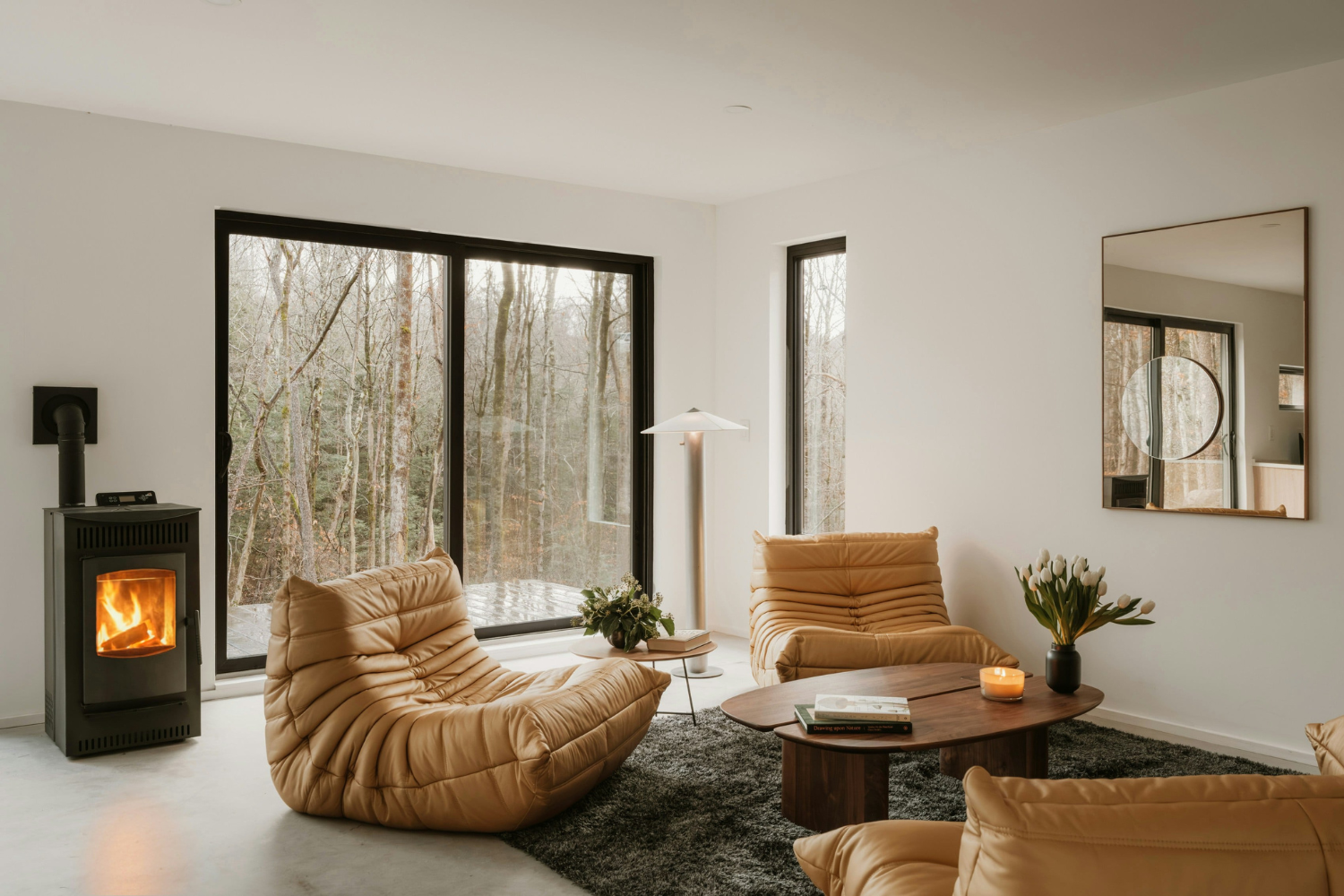
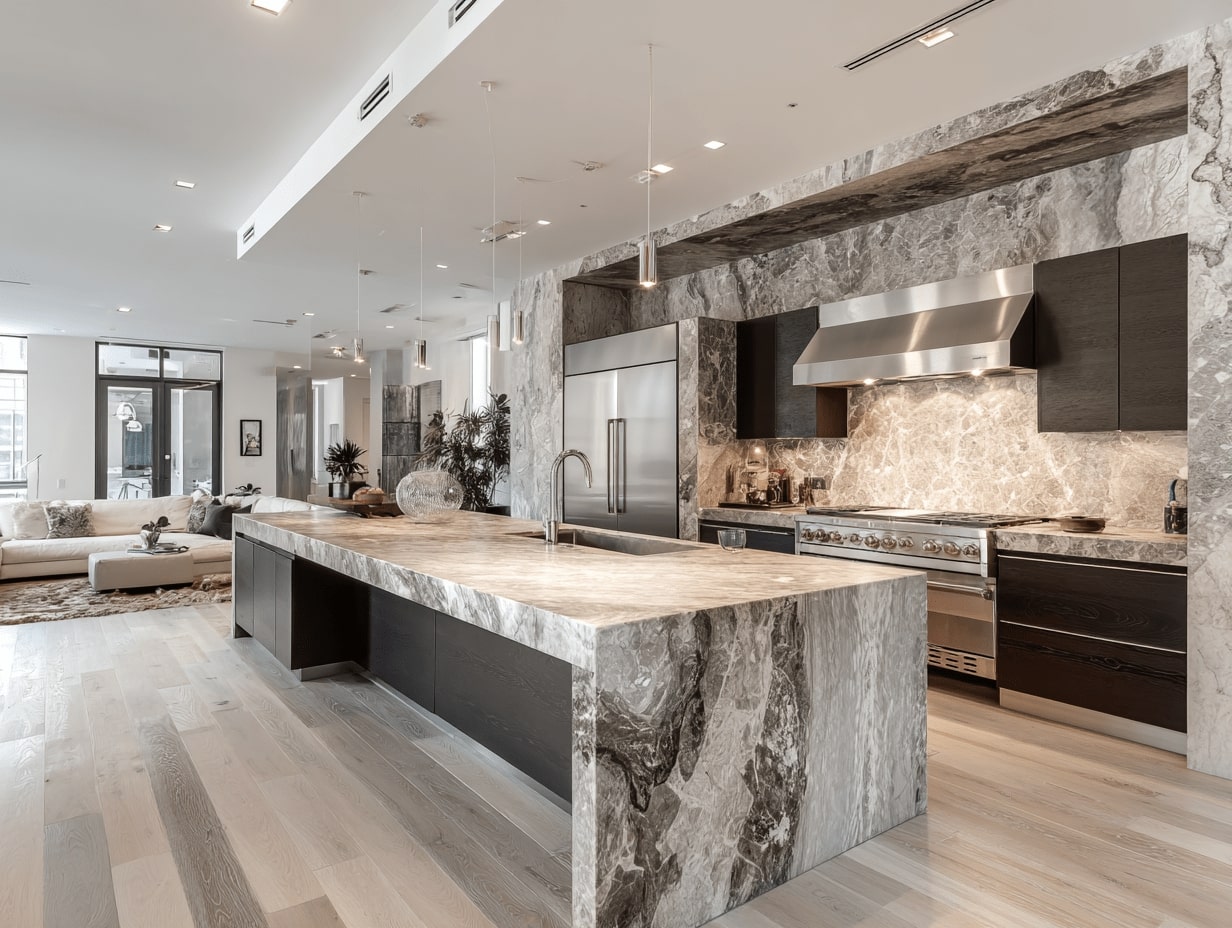

Leave a comment